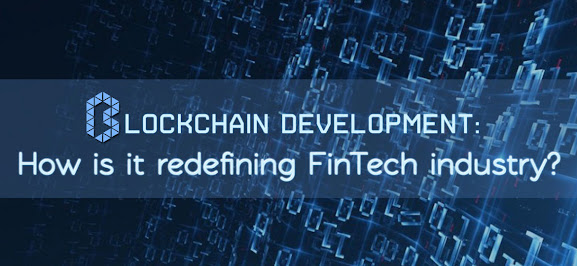Did you know that you can make sales on auto-pilot simply by using your autoresponder and the follow-up messages you provide to your subscribers? But before I go any further, please allow me to explain what exactly autoresponders are, for those who may not be in the know. An autoresponder is a software script that automates your email messages and replies. It's something you would use to send out your follow-up messages to a new subscriber that's on your e-mailing list. Not to confuse you, but those messages are also often called autoresponders.
The Autoresponder gives you the ability to create and manage your autoresponders (your messages) if that makes sense. You can think of email autoresponders as the quiet workhorses in your email marketing. Basically, they are any type of automated emails or even a series of emails (your follow-up messages) that you write one time, schedule, and send out automatically from your Autoresponder (the software script). I hope that wasn't too confusing.
Let's move on to how marketers use autoresponders to streamline their email campaigns to cut down on the amount of work they have to do. For example, rather than emailing each individual who signs up for your newsletter or email list, an autoresponder can easily send out a welcome email with follow-up messages that are all personalized. At the heart of email marketing are autoresponders. You use it to promote your business. It's also used to build relationships with your potential customers, keep current customers informed and updated, offer coupons to encourage customer loyalty, and a whole lot more! The problem is, most website visitors won't buy something from you on the first visit. It normally takes on average a visitor 6 or more times before they decide to make a purchase from you.
In order to keep them interested and eventually make the sale is where your follow-up messages come into play. When you start writing your message, you'll need to come up with some compelling subject lines or headlines. Your subject lines are what draw attention from your subscribers, making them feel excited to read the rest of your message. If you send a message with a boring or irrelevant headline or subject line, chances are your subscribers may not even open your email let alone pay much attention to it.
A great way to grab your subscriber's attention is by way of personalization, like using their names. Most autoresponder software scripts or platforms out there will give you this ability to personalize your messages through the insertion of codes. When you send a message out, the code is replaced with the personal information of your subscriber. When receiving the email, the reader will see his or her personal information instead of the code. This is a great way to use personal information to further engage your subscribers. The first message that you send out to your subscriber should be the welcome or introduction email. The welcome email is the most important one as it will set the stage towards giving your reader what to expect from you and your following messages. The welcome email is a great way to start branding yourself or the company by giving them a little background of what you do and how you can help them.
The second email message in your follow-up series should inform your subscribers about your products and services. Make sure that you explain what your products or services do and how they can benefit from them. People are more likely to be sold on the benefits over the features of a product or service. You can then make them an irresistible offer by giving them a limited time discount if they buy now. In the third message to follow, try putting some added emphasis on your services and products. Tell your subscribers how they simply must have your product or service because they are a cut above the rest, then prove it to them by offering a sample or trial offer or better yet a buy 1 get 1 free deal. To ensure that you get a sale, you should include comparisons between what you offer and what competitors offer. This way, you'll show potential customers that you are indeed the best, with the best features and the best prices.
Once you have a few satisfied customers, you'll start to build up your credibility. You can also ask your subscribers for feedback in your follow-up messages on how you can make their experience better or how you can personally help them. Once a customer has praised your products or services, you can add it to a testimonial and send it out in another future follow-up message. A great way to keep your subscribers looking forward to your next email is by ending your message with a teaser for the next message.
For example, "Don't forget to keep an eye out for my next email where I'll be sending you something special." This could a flash sale, coupon, or simply a free download. Leverage your autoresponder and your follow-up messages like your own personal sales team and you'll soon be making sales on auto-pilot. Practice weaving your company contact and website information as well, so your subscribers can easily place an order without any problems or whenever they like. If you put some time and thought into your follow-up messages, you'll soon be turning your subscribers into your customers.
Credit From Author - Terry Phong





